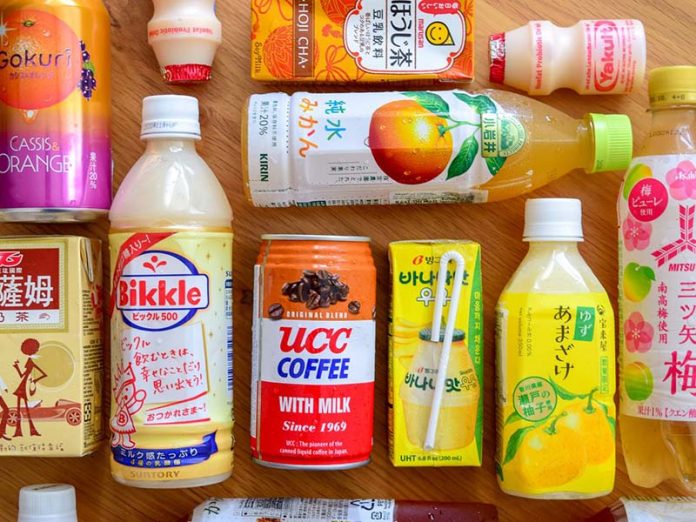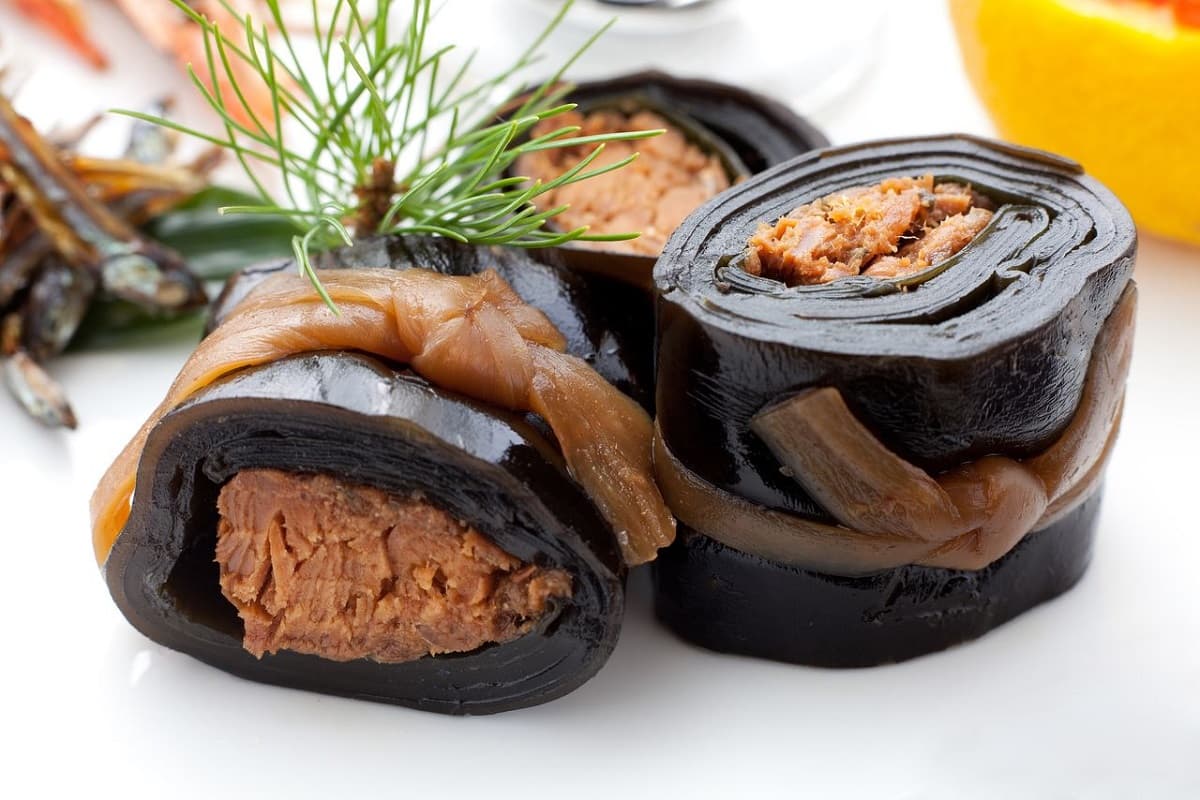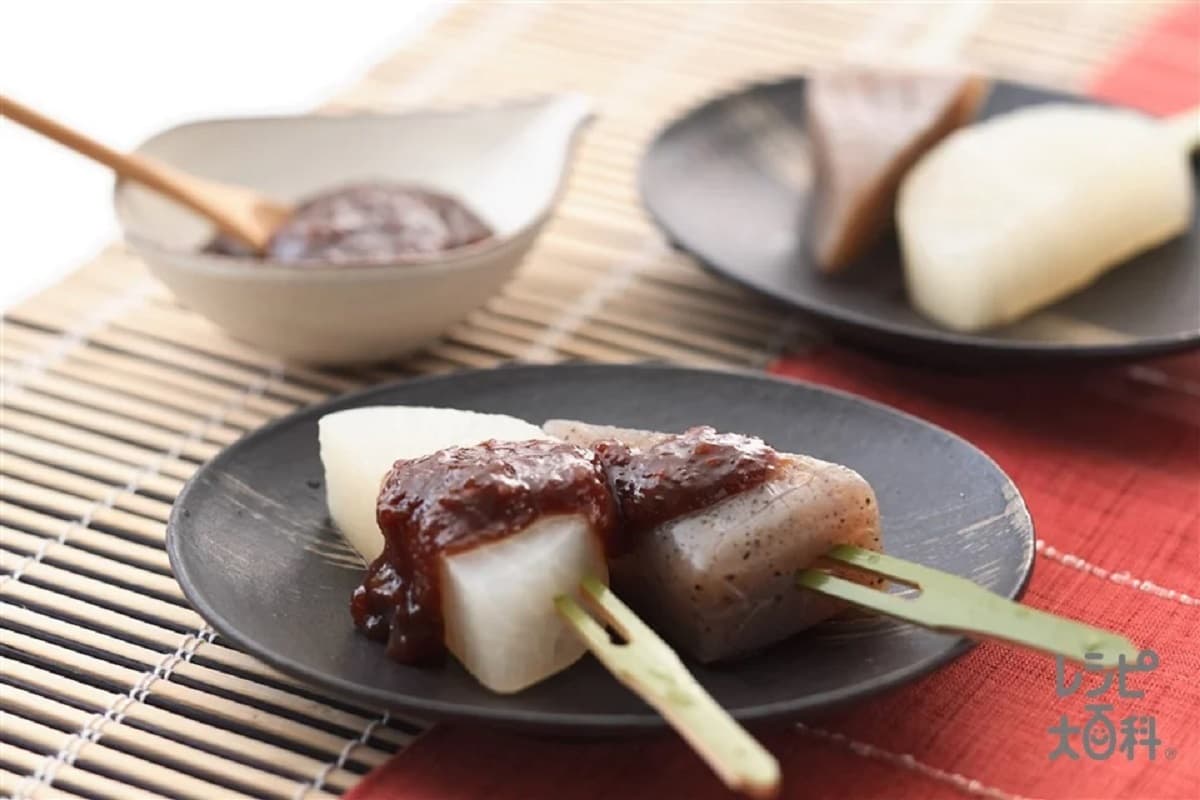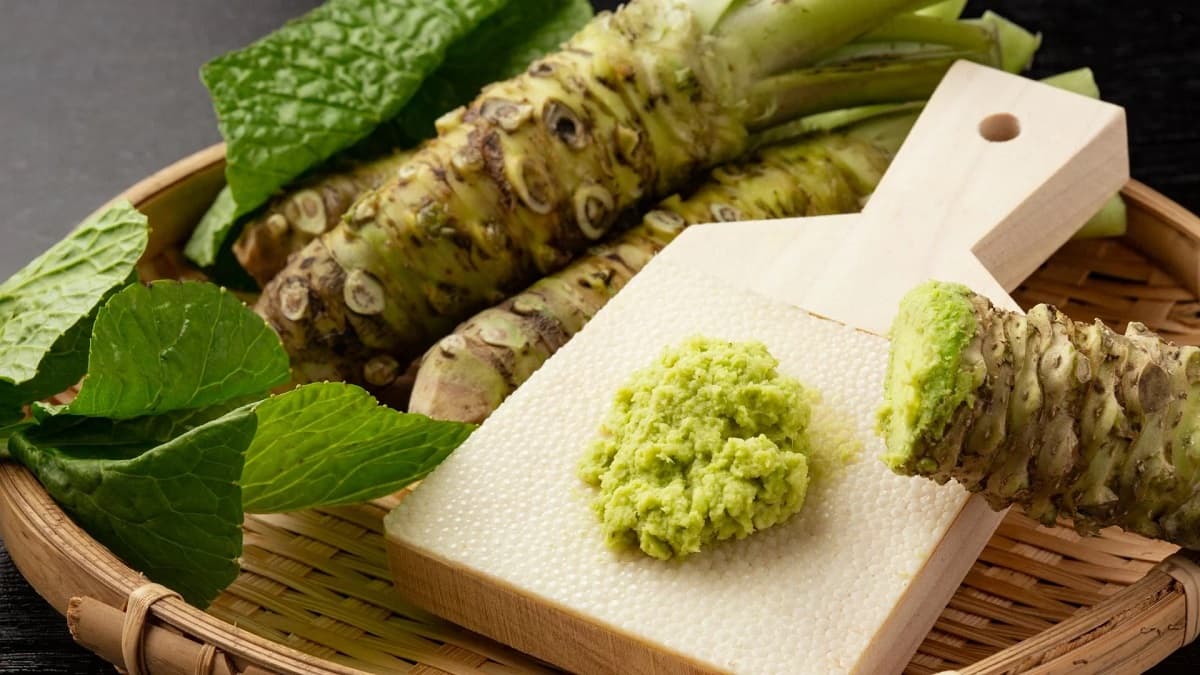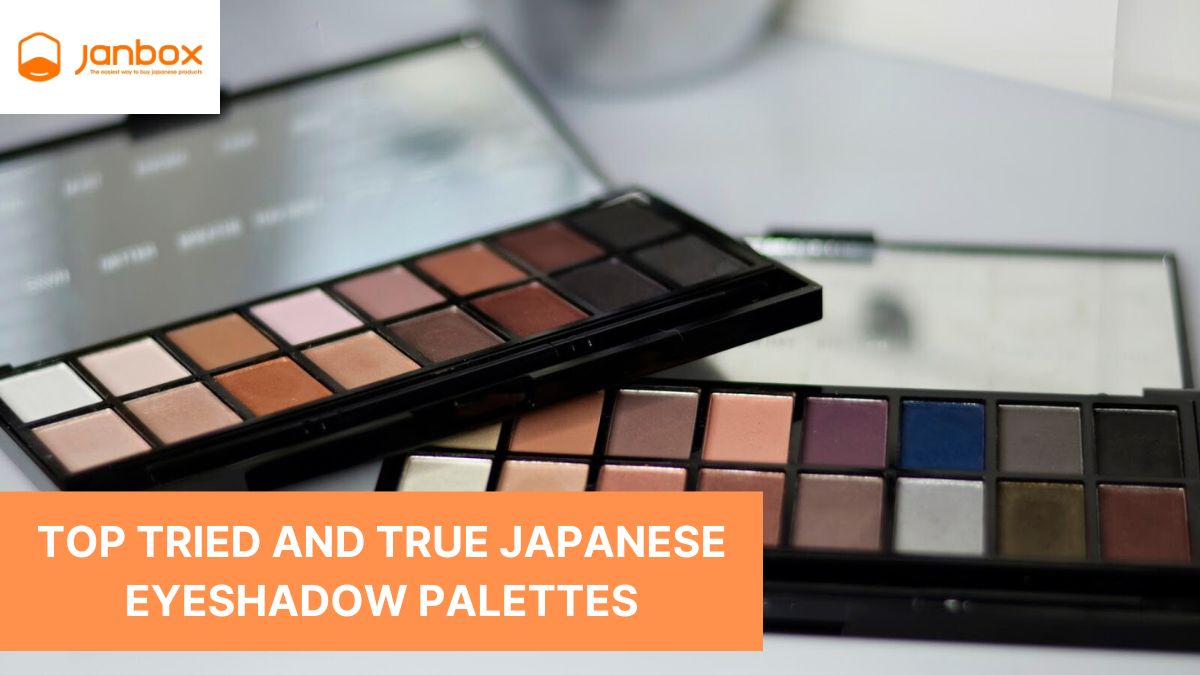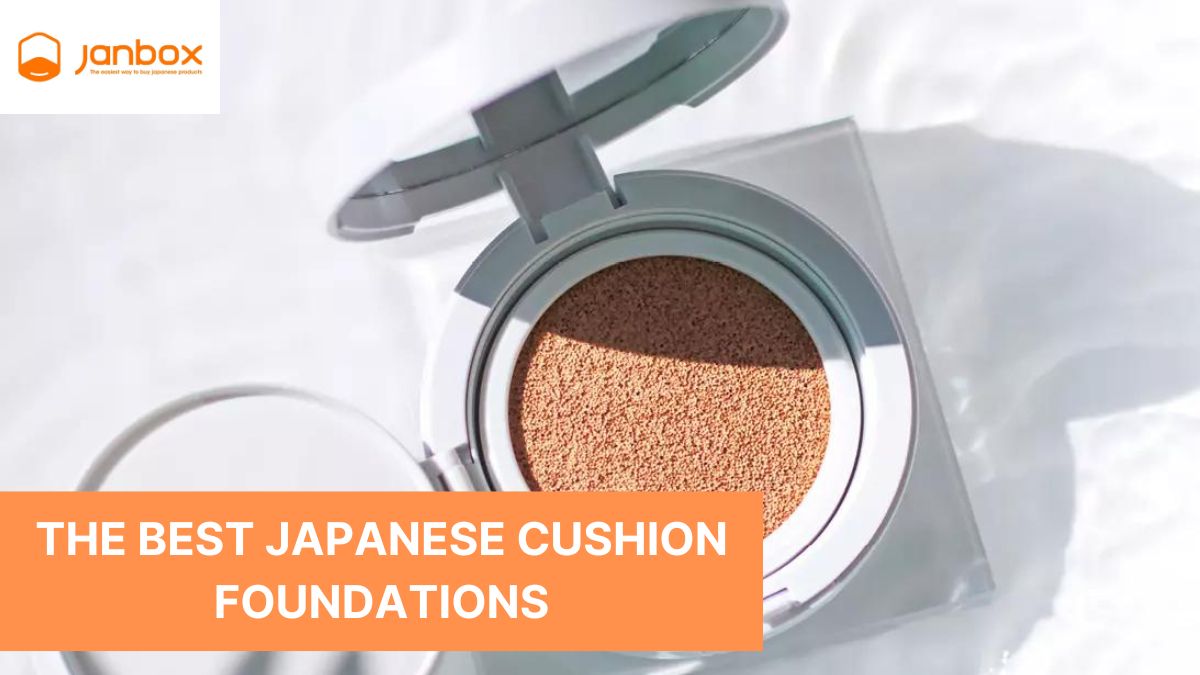If you believe that the only two popular Japanese drinks are sake and matcha green tea, then we have a list for you! Japan offers every taste you can think of, for example, sweet, sour, acidic, salty, and more. Do you appreciate alcoholic beverages like chuhai or plum wine? Or how about a wonderful cup of sakura tea to wash down your noon snack? Since it would take too long to list every beverage available in the nation, we will start by introducing our top 16 must-try beverages in Japan.
Top 16 famous Japanese drinks
This list is ideal for you if you appreciate Japanese culture and enjoy sampling the excellent beverages they have to offer. We have gathered a variety of delectable Japanese drinks, including carbonated beverages and juice drinks, which are sold in practically all neighborhood Asian grocery stores and vending machines. Try them if you are going to Japan, and do not forget to!
1. Matcha
The first name on the list of Japanese drinks is matcha. The processes used in the harvesting, processing, and preparation of matcha are distinctive. The bush (Camellia sinensis) is covered three or four weeks before harvest to exclude direct sunlight and enable the leaves to develop in the shade. Following harvest, the leaves are stripped of their stems and veins and ground into a fine powder. Matcha usually comes in a powdered form, unlike other tea kinds; though it was invented in China, the technique has only recently become popular in Japan.

After that, the powder is often combined with liquid, primarily water or milk. Matcha tea usually contains more theanine and caffeine than other types of tea due to its distinctive harvesting method. Matcha preparation and consumption have a long history, and it is thought that Chinese Zen Buddhist monks used them for the first time during the eighth and tenth centuries.
Green tea powder known as matcha is frequently stirred into a frothy coffee with a perfectly balanced bitter and sweet flavor. Even though matcha tea is preferred, matcha powder is frequently used to flavor pastries like cookies, cakes, and even lattes. In addition to being tasty, the lengthy history and rich culture of matcha green tea may significantly heighten your enjoyment of the brew.
2. Melon Soda
The Japanese melon soda is undoubtedly a staple of Japanese culture. It has a distinctively vivid green hue with the ideal amount of frizz. It is a bubbly beverage that is widely available at convenience stores, eateries, karaoke joints, and vending machines around Japan.
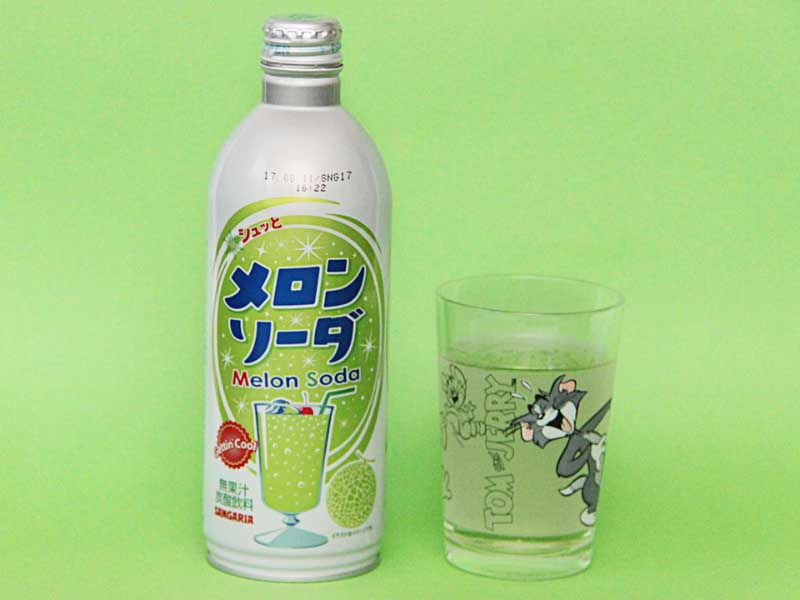
Japan has the soft drink industry covered in spades, from intensely sweet, vivid green melon soda to sour lemonades to little bottles of potent energy drinks. A favorite snack among kids is melon soda with whipped cream and a dollop of vanilla ice cream on top.
3. Japanese Yogurt Drink
Many people refer to Yakult yogurt as one of the most popular Japanese drinks that swept the globe. Yakult is a probiotic yogurt beverage that was first offered in 1935 and is not only delicious but also very healthy. The Yakult Lady, a marketing strategy in which amiable and upbeat ladies would go door to door selling Yakult goods, was introduced in the 1980s, and Yakult truly began to take off as a household name. Yakult is now enjoyed in 40 different nations and areas throughout the world, and 35 million bottles of the drink are reportedly eaten daily. A convincing illustration of the popularity of Japanese drinks!
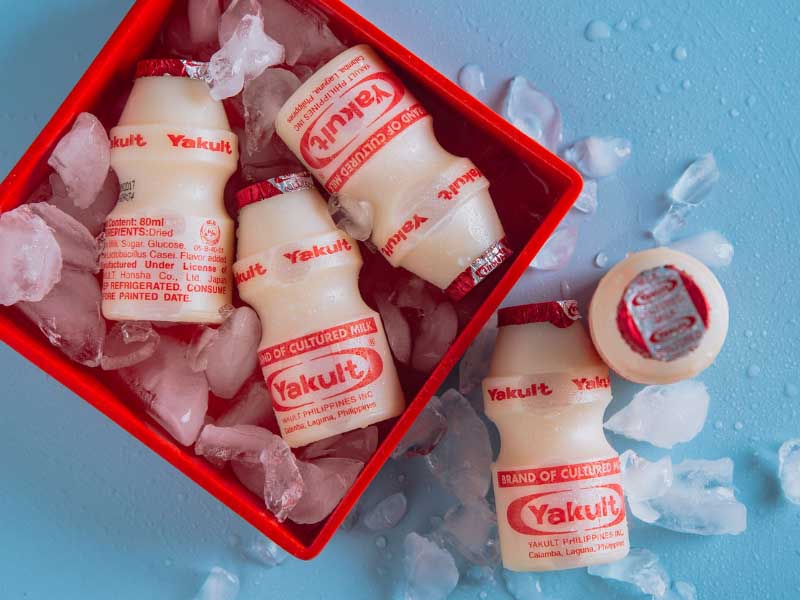
4. Kirin World’s Kitchen Vitamina
Blackcurrant, raspberries, blueberries, strawberries, and cranberries are the 5 varieties of berries used in KIRIN World Kitchen’s Vitamina, a non-carbonated beverage. Along with grape, grapefruit, and acerola juices, the beverage has 450 mg of vitamin C.
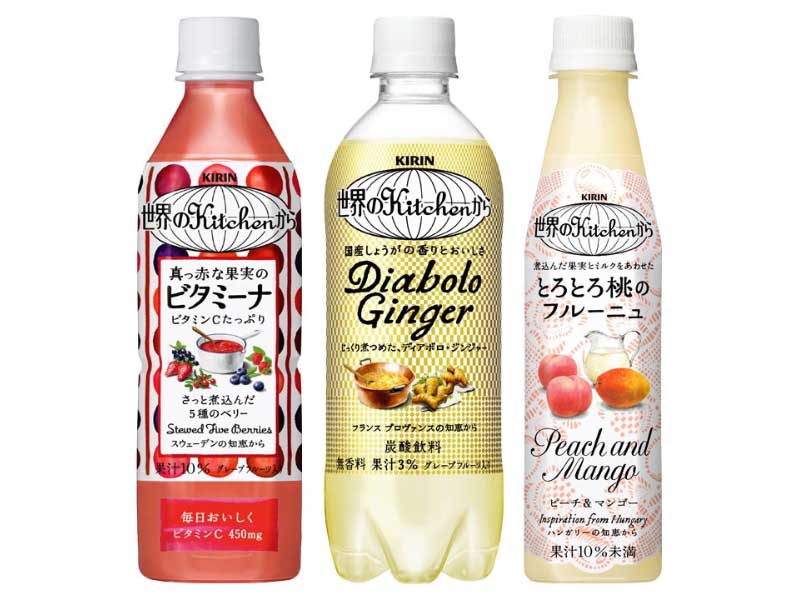
The drink’s packaging has writing that explains how a Swedish mother produces “Saft” syrup from berries she picks in the summer. It continues by stating that Saft is combined with water and other fruit juices to create Vitamina.
5. Qoo
In 1999, Qoo was launched with a focus on attracting kids and teens. Despite the fact that Coca-Cola officially owns the name, the beverages do not contain carbonation and feature fruity tastes. Although it was briefly offered in Germany, it is very well-liked across Asia but less so outside of it.

6. Ramune
Most likely one of the most well-known Japanese beverages is ramune, which has a distinctive bottle and distinctive tastes. Naturally, sweet tastes like strawberry, peach, and grape are among the most well-liked ones, but there are also some unusual flavors like wasabi, chili oil, and kimchi.

It frequently appeared in manga and anime, which added to its appeal. It is one of the earliest Japanese sodas and dates back to 1872. Ramune is renowned for its unique bottle design, which is constructed of glass and expertly sealed with a marble top. The stone within the bottle is what makes it special, and many people have found it difficult to push it down to open the bottle.
7. Pocari Sweat
One of the most popular Japanese beverages ever is Pocari Sweat, which was created in 1980. It is a well-known Japanese beverage, especially for people who lack ions. Pocari Sweat, a Japanese sports drink that is somewhat comparable to Gatorade, is a revitalizing and refreshing beverage with a sweet flavor that is slightly offset by saltiness.
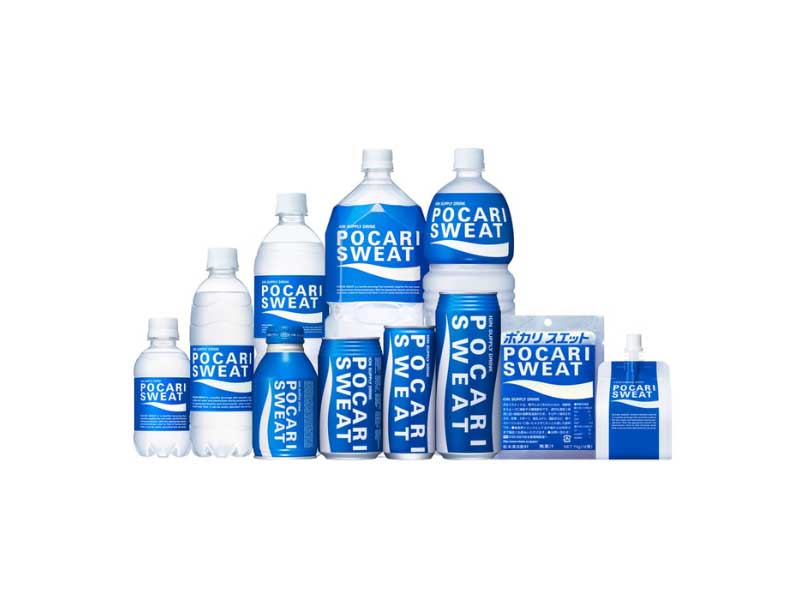
Your body receives ions and water from it, giving you an increase in energy and nutrition. When exercising, being outside, having a fever, or whenever you feel dehydrated, Pocari Sweat is highly advised. The drink is said to contain ions that can assist restore your body fluids.
8. Mitsuya Cider
Since its initial appearance in 1884, the “Mitsuya Cider” has been one of the famous Japanese drinks for over 130 years. As a result, it has become the country’s national beverage. It is a blended carbonated beverage with an apple liquor flavor that blends nicely and is a standard in every Japanese home. It is easily accessible in big-box stores like supermarkets, convenience stores, and vending machines.
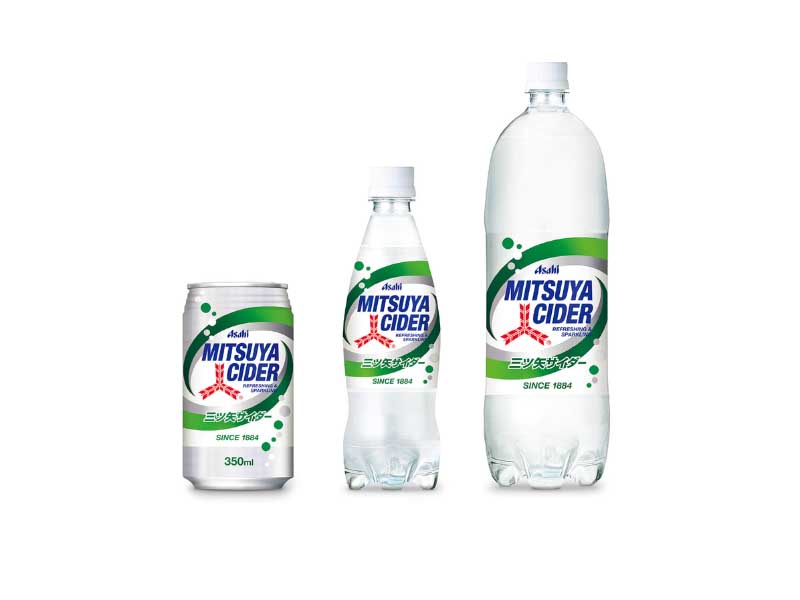
9. Calpis
Calpis was created in 1919 and was modeled after a fermented horse milk beverage from Mongolia. It was the first lactic acid beverage made in Japan. The fact that you may choose to combine it with anything you choose is what made it so well-liked. Cane sugar, milk, “dairy products” (lactose), maltose, and sugar produced from soy are stated as the components. Calpis blended with water, Calpis soda with carbonation, or fruity lemonades, particularly strawberry and melon, are some common combinations.
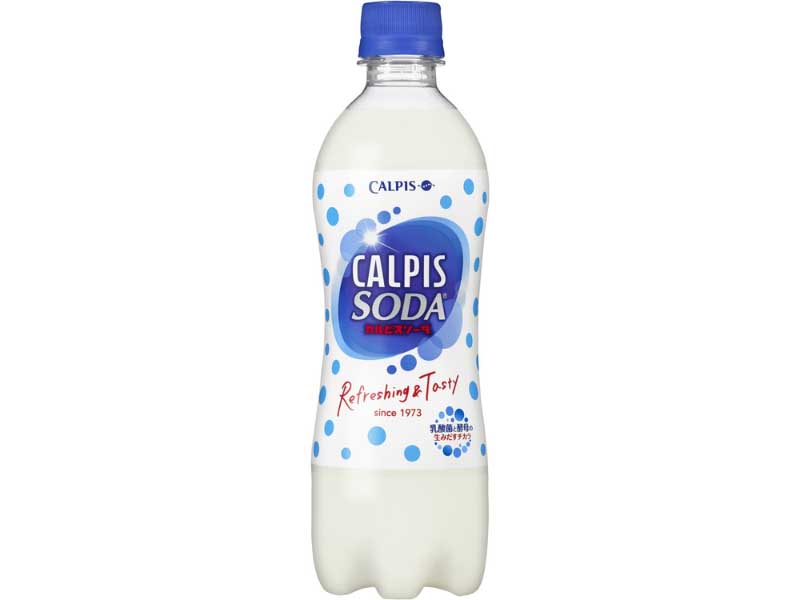
10. Mugicha
Green tea is generally the first beverage that comes to mind when people think about Japanese tea. Actually, roasted barley tea, also known as Mugicha, is equally well-liked. While Mugicha is occasionally provided in place of water at many places, you can also buy a bottle from a grocery or convenience shop. Tourists do not often enjoy it since it is an acquired taste, rather bitter, and strange, but you should still try it!
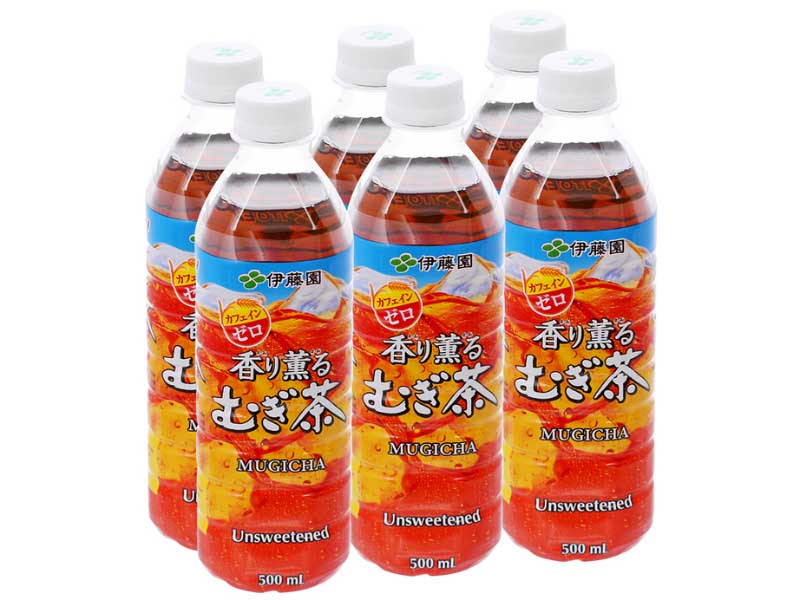
11. Lipovitan D11
In terms of energy drinks, Japan offers a wide variety of options. One of the most well-known products, Lipovitan D11 is offered in compact 100 ml bottles and packs a powerful punch despite its plain appearance. Although the flavor is not very noteworthy, you will feel more awake, aware, and prepared for action after a few minutes of drinking. Japanese laborers frequently drink one to get through the extended workday and get the final train. A drink before going out will also ensure that no one will know if you had a little too much to drink the night before.
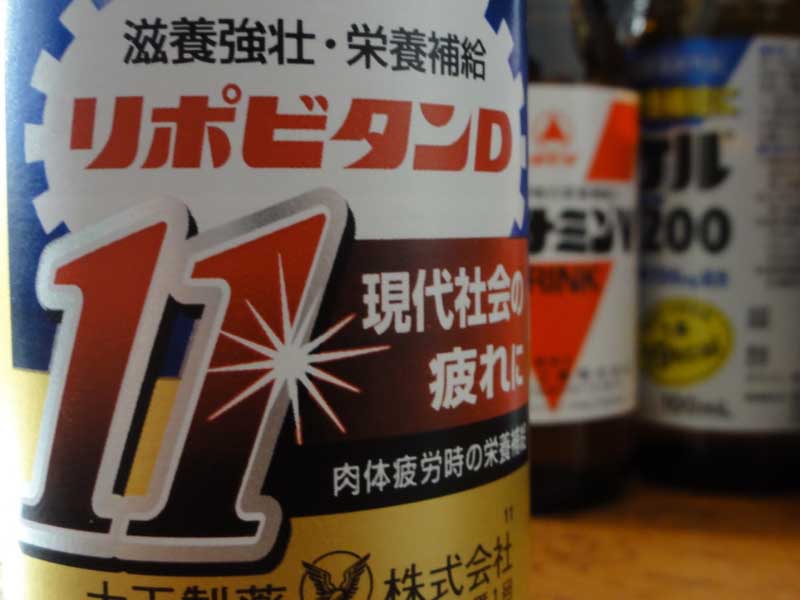
12. Chuhai
In fact, “shochu-highball” is referred to as “Chūhai” and is generally offered in a can at almost every convenience store in Japan. With shochu as the basis, other tastes are added along with carbonation for a little more fizz, like lemon, melon, grape, grapefruit, or orange. The common 9% Strong Zero is notorious for tasting almost exactly like juice despite having a high alcohol content among all the chuhai available for purchase.
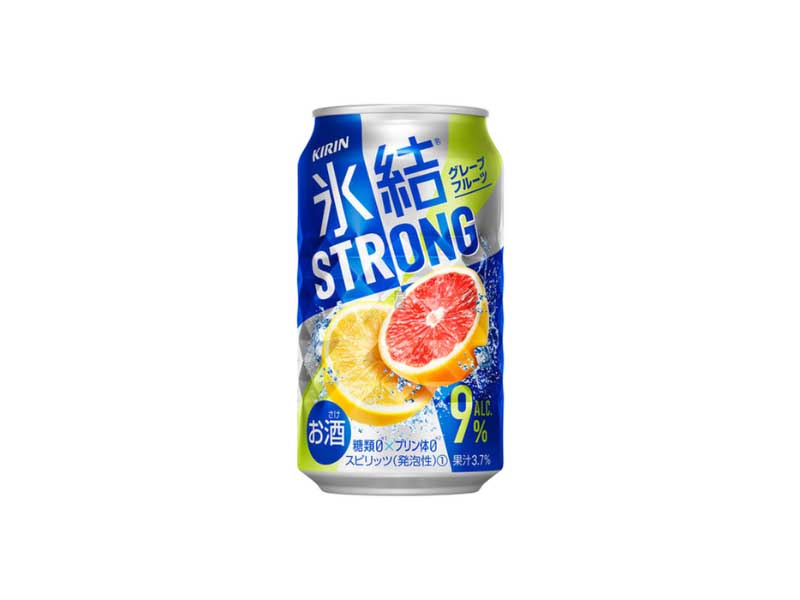
A mixed Japanese beverage with a moderately low alcohol level is called Chūhai. It was originally produced using soda water and a Japanese spirit called shochu which was distilled from a variety of materials, including barley, sweet potatoes, rice, and buckwheat. Shochu is no longer always substituted with vodka, and various fruit-flavored syrups, soda waters, or juices are often added. It is said that the drink initially arose in Tokyo izakayas.
Although it is still made from scratch in bars and served in tall glasses or mugs, canned versions of the beverage are also very well known and easily accessible across the nation. Nama Chūhai is the customary term for a variation made with fresh juice.
13. Genmaicha
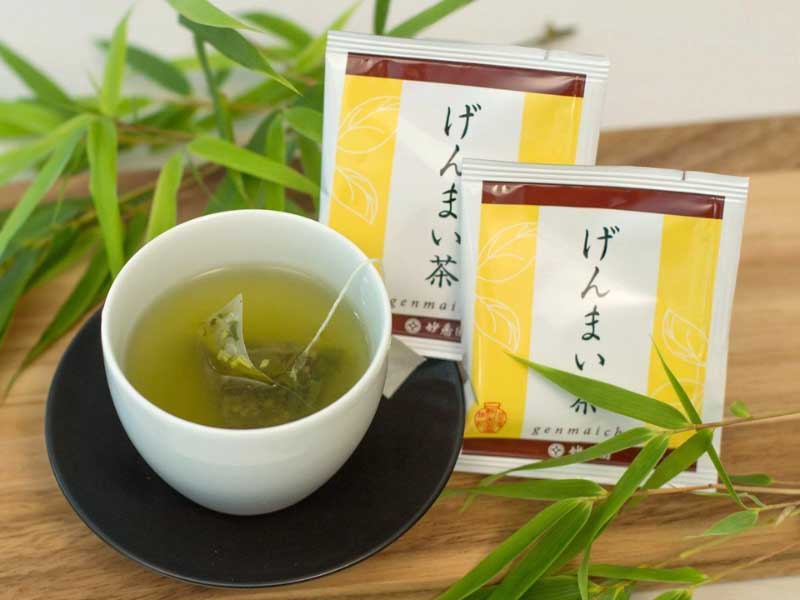
Japanese genmaicha translates to “brown rice tea.” According to legend, Buddhist monks once blended browned rice scraped from the bottom of their bowls with the stems and leaves of green tea to reduce food waste. Genmaicha is a nutty, earthy beverage that is especially well-liked with breakfast. Today’s genmaicha is made using roasted brown rice and green tea instead of rice scrapings. Additionally, it has a strong scent and some following benefits for your health:
- It improves health and fortifies the immune system of the body. The anti-aging, immune-boosting, free radical-eliminating and cancer-preventing properties of Genmaicha are enhanced by the presence of many catechins, EGCG, vitamins E and C, and other antioxidants.
- It has elements that support blood sugar stabilization. Numerous scientific investigations have found that the membrane of brown rice seeds includes a variety of compounds that may regulate and manage blood sugar levels, which directly impact the manufacturing of insulin. As a result, brown rice tea is beneficial for those who have diabetes and high blood pressure.
- For those who have a history of cardiovascular disease, it is particularly beneficial. Genmaicha tea is beneficial for patients with high blood pressure and cardiovascular issues since it lowers harmful cholesterol in the blood.
- It lessens the possibility of kidney stones. It can help to improve liver health, stop calcium oxalate from crystallizing in the urinary system, and lower the chance of kidney stones.
- This tea helps to prevent osteoporosis and build bones. It influences how calcium enters the bones, strengthens the bone system, and guards against osteoporosis.
- The tea aids in successful weight loss, detoxification, and bodily purification. Drinking Genmaicha tea enhances digestion and aids in the removal of toxins that have built up in the liver. Additionally, it encourages calorie burning and energy metabolism, assisting in successful weight loss.
14. Uroncha
One of Japan’s most popular drinks is Uroncha, which is the Japanese word for “oolong tea.” Even though identical tea leaves are used to make green tea, black tea, and Uroncha, the oxidation technique used to make them differs, giving Uroncha intense floral overtones that make it a superior palette cleanser. In fact, to give their stomachs a break between drinks while they’re out at bars or izakaya, many Japanese may have a glass of Uroncha.
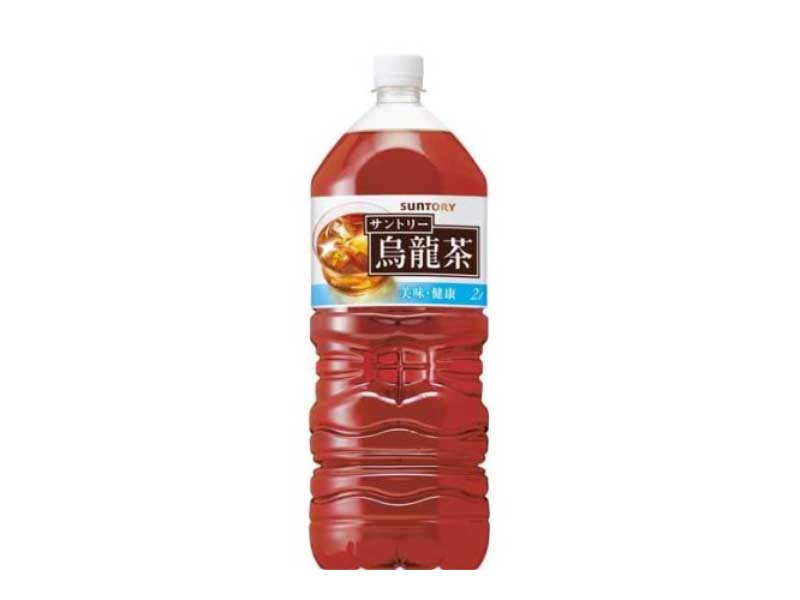
15. Sakurayu
Japanese hot tea called Sakuracha (Sakurayu) is brewed with boiling water and pickled cherry blossoms. The petals unfold and float on top while the tea is brewed, giving it a light pink tint and a taste that is softly sweet and lightly salty. When making tea using blooms that have been salt-preserved, it is customary to first soak the blossoms in water to dilute the excess salt. As it represents fresh beginnings, Sakurayu is usually savored on important occasions like engagements and weddings.
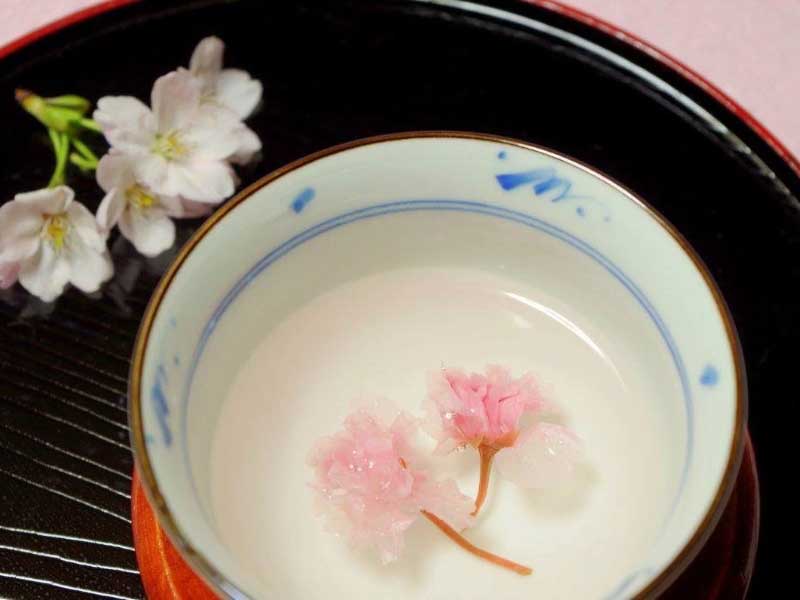
16. Nectar Peach
Peach nectar is a delightful beverage that both adults and kids may enjoy. It is the ideal beverage to have at any time. Make smoothies, ice cream, or drinks with it. Although it may be found in well-stocked supermarkets, peach nectar is really simply a combination of peach juice, sugar, and water. The exquisite white-fleshed freestone fruit from nectar peach bushes has a sweet, fragrant taste and is absolutely worth the extra care.
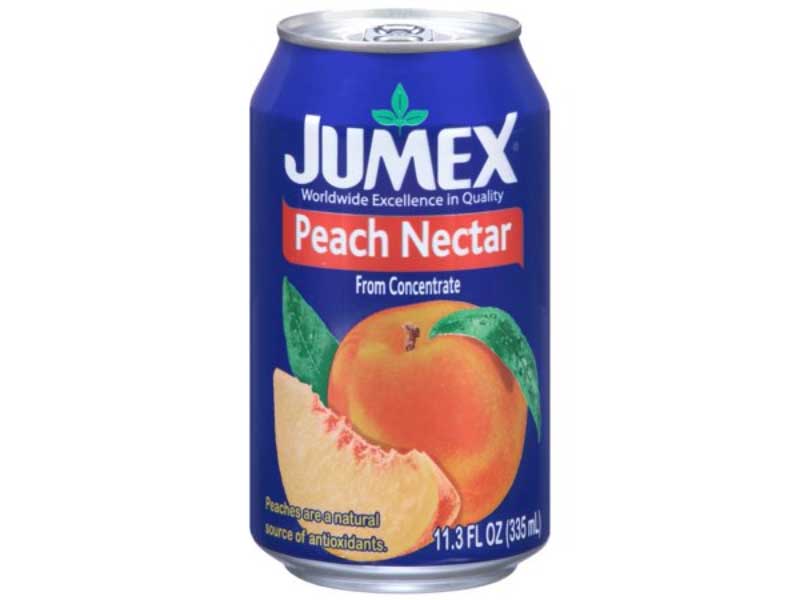
Conclusion
You truly can not go wrong when testing new popular Japanese drinks. There is so much to see and appreciate, and let’s not even begin to talk about how amazing Japanese cuisine and beverages go together. Do not stop here; even though we have just mentioned 16, there are a ton more that were not able to. Get out there, sample as many as you can, and keep discovering more of Japan’s gastronomic delights!
- Website: https://janbox.com
- Email: [email protected]
- Facebook: https://www.facebook.com/janbox.com.en

